
Exclusive insights content on every NHS system
- Easy-to-read ICS profiles and Investigations
- In-depth Briefings on the big picture trends shaping the landscape
- Benefit from over 50 data points that will help benefit your business case
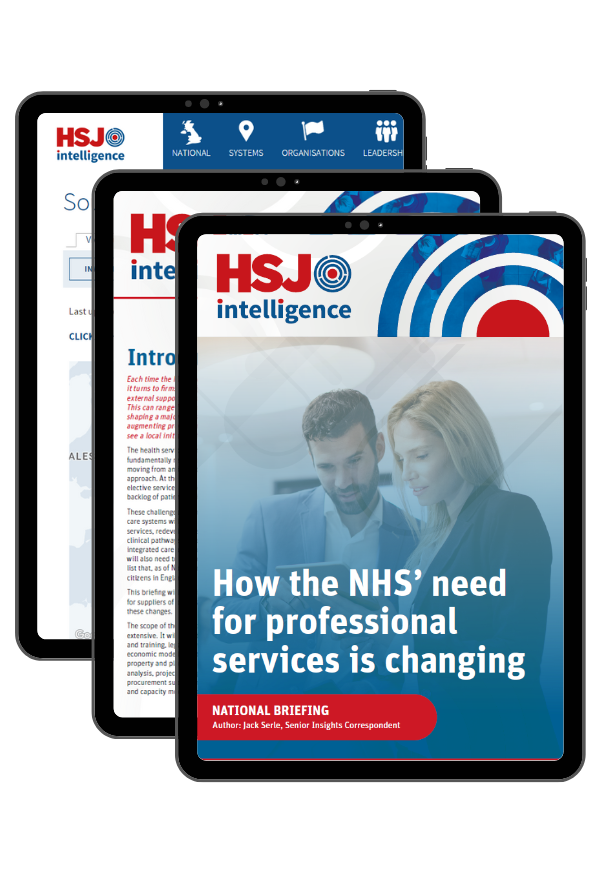
Identify your best opportunities
- Create Watchlist Alerts to keep your team up to date with key partners and prospects
- See Investigations, Leadership, Documents, Spend and more for every system in one place
- Pinpoint opportunities and map your strategy with six powerful insight modules: National, Systems, Organisations, Leadership, Documents, and Spend
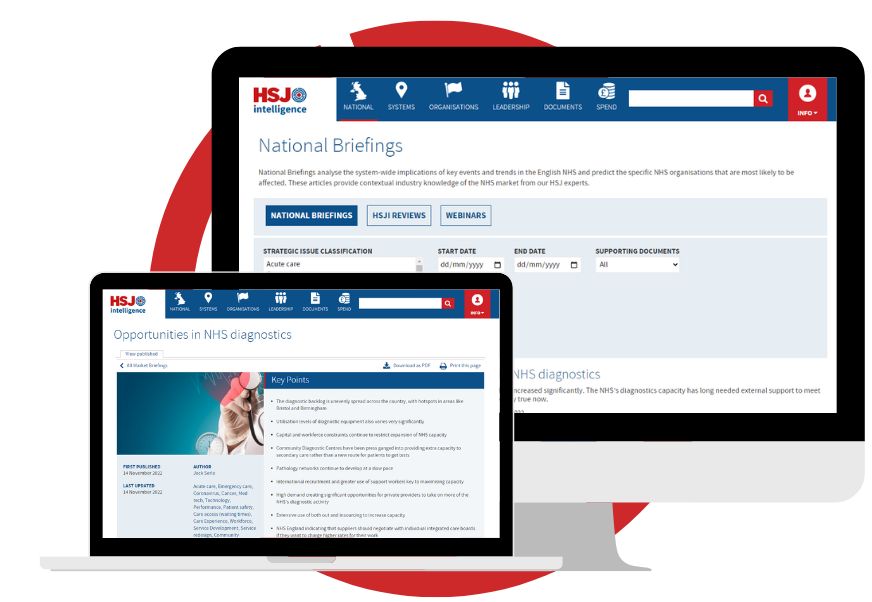
Download a sample HSJi Investigation
Using a mixture of proprietary intelligence, HSJ Intelligence brings you the top strategic issues facing specific providers and health systems.
Latest HSJi Review discusses emergency care under pressure
Read Jack Serle's latest HSJi Review, which discusses how trusts across England are grappling with severe emergency care pressures, with performance against national targets falling short and patients experiencing dangerous waits. Read the full article here.
Latest Investigations
Improving the NHS’s speed of adoption of innovative medicines and medtech
The government aims to drive economic growth through the life sciences sector, a goal that will rely on the MHRA and NICE balancing stringent regulation with faster market access for innovative technologies. The two bodies are aligning their practices to speed adoption, while work continues to prepare for the impact of AI and genomic medicine. Medtech will gain some of the market access advantages already available to pharma, the Single National Formulary is set to begin operating in 2028, and clinical trial approvals will be accelerated and made more flexible, particularly to support trials focused on rare diseases.
Significant restructuring is underway, though no merger with other ICBs is planned. Place-based commissioning is expected to bear the brunt of cost reductions, and neighbourhood health teams will be built around primary care networks. Early priorities include end-of-life care and frailty services, supported by a cost improvement programme focused on commissioning and service redesign. Faster internet is being rolled out to GP practices, a trial of at-home kidney disease tests is planned, and an app to support carers is due to launch in autumn 2025.
The Trust has set an unrealistic cost improvement plan and is proposing to cut 400 non-clinical posts amid increasing concern over cash flow. It is likely to form a group with a neighbouring provider, while Medway is also focusing on improving organisational culture. ENT services are under review following a care failure, and the Trust plans to triple its number of virtual wards, shifting the model toward admissions avoidance. As part of its efficiency efforts, inpatient beds will be closed, delivering major savings.
Data points
The following data points were updated this week:
- Name for Wales, Scotland in October.
- Leadership for ICS, Wales, Scotland in August.
- Elective activity Recovery and Bed occupancy for ICS in Q2 2025-26.
- ESTATES MAINTENANCE BACKLOG and ESTATES MAINTENANCE BACKLOG – HIGH RISK for Acute,Sp,Com,MH,Amb in 2024-25.
- EIP waiting time performance (Early intervention Waits) for MH in Q2 2025-26.
- Elective admissions for Acute, Sp in Q2 2025-26.
- Incidents Per Quarter, Percentage of patients taken to A&E, THE 18-MINUTE TARGET(MINS.SECS), THE APPROPRIATE CONVEYANCE TARGET(MINS.SECS), and THE SEVEN MINUTE TARGET(MINS.SECS) for Amb in Q3 2025-26.
- Beds Occupied and Number of Beds for Acute,Sp,Com,MH,Amb in Q2 2025-26 .
What our clients say
Trusted by


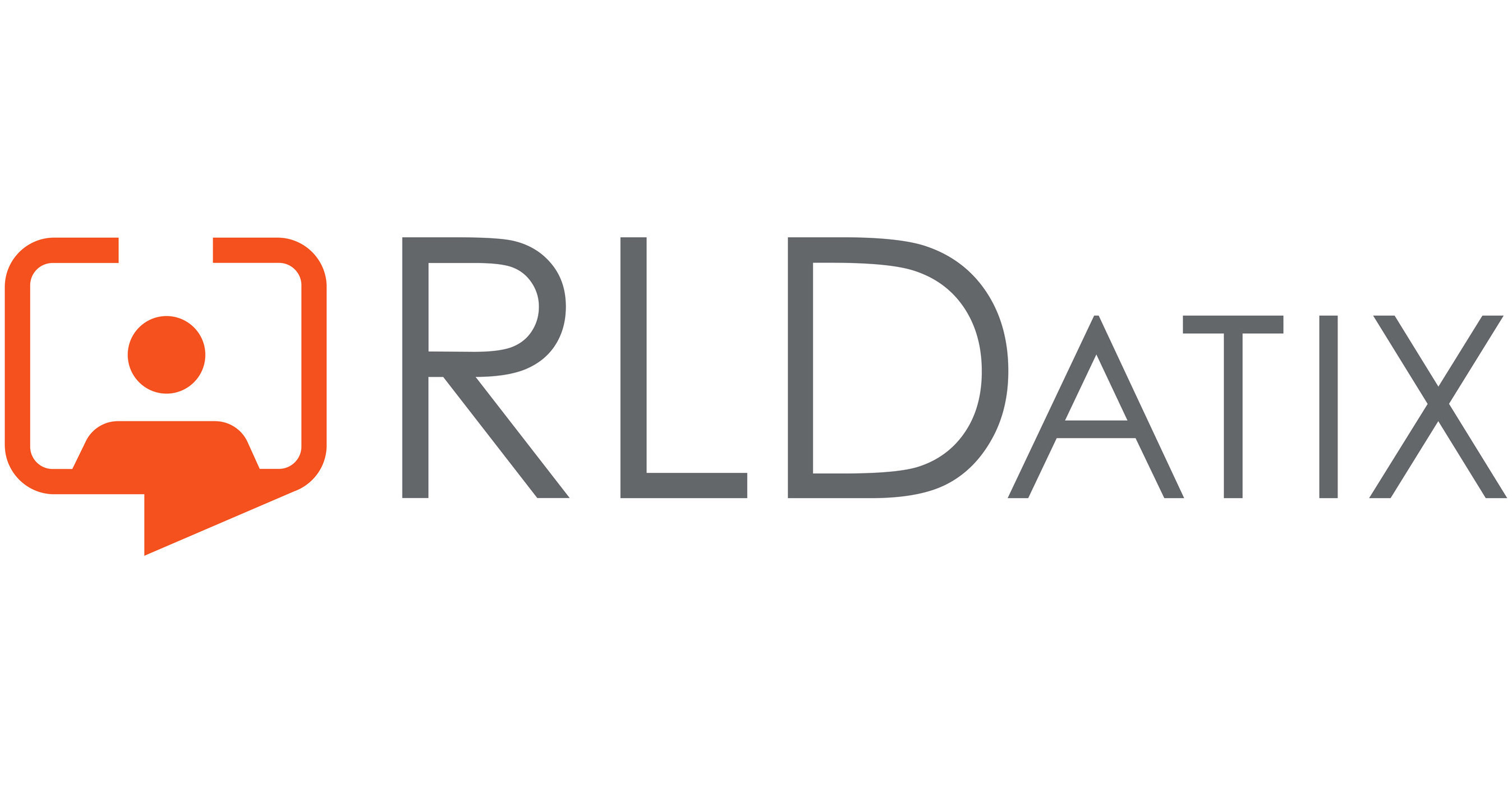


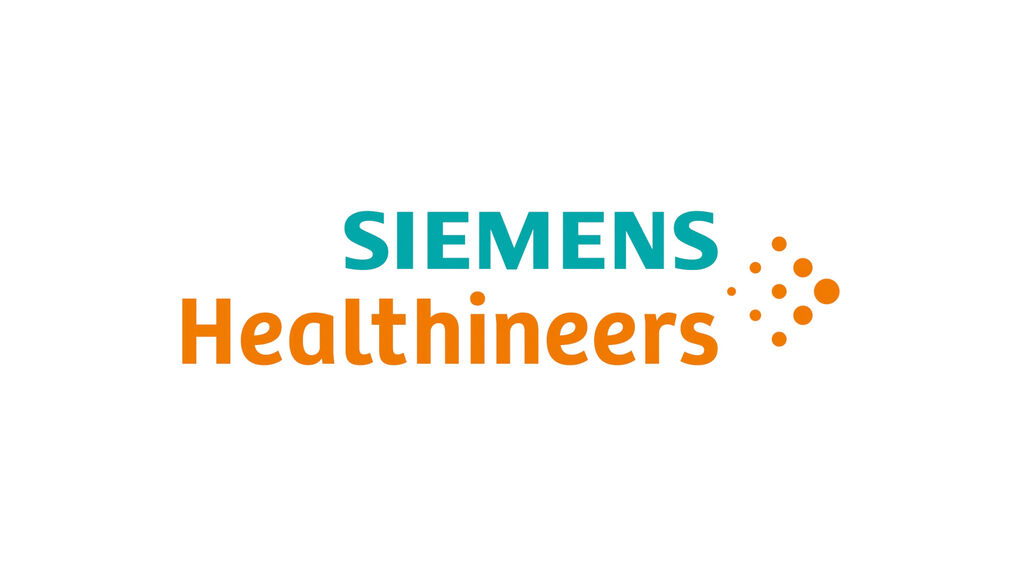


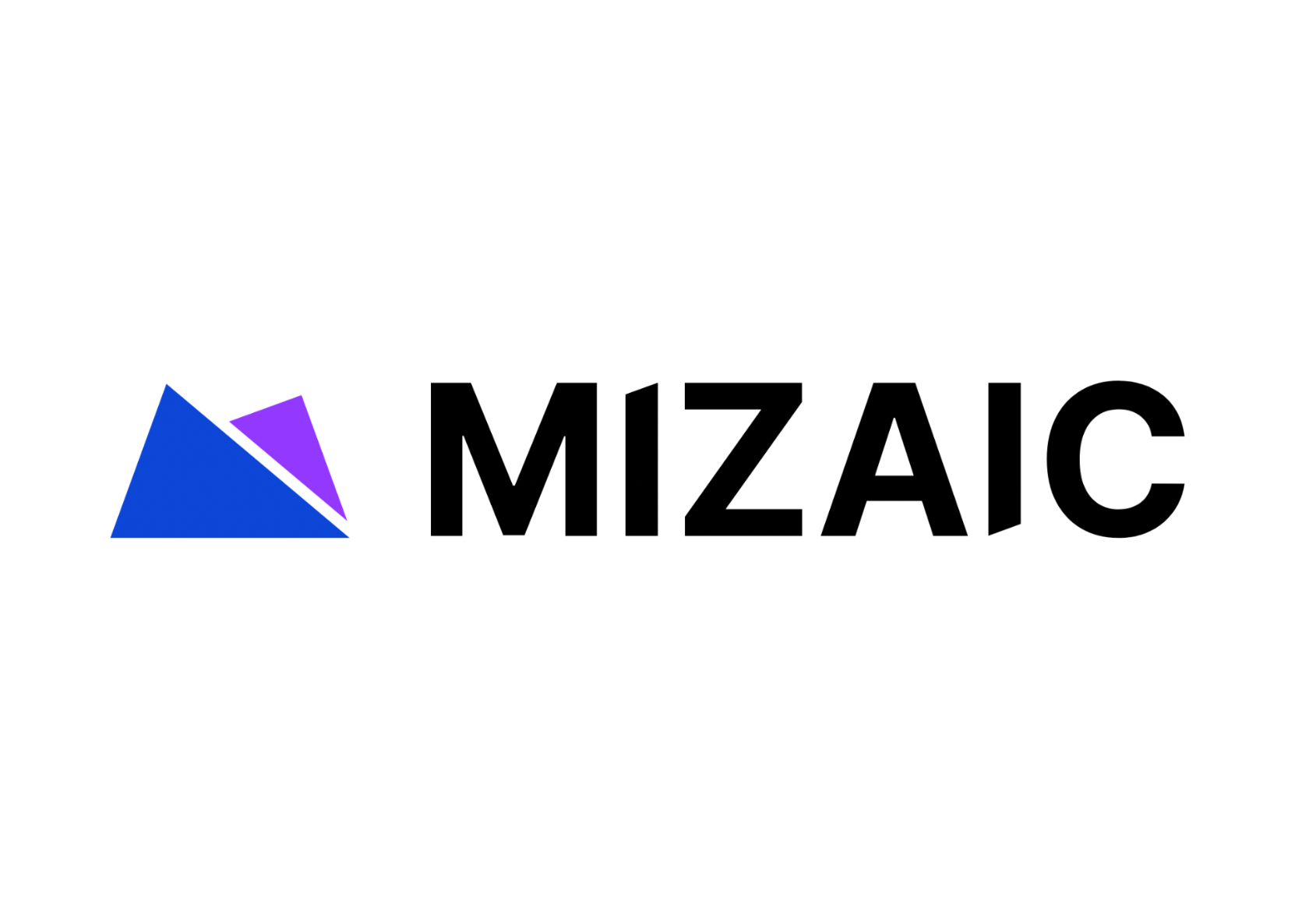

Find out more about how HSJ Intelligence can help you
Complete the form below and a member of the team will contact you.
HSJI Experts
With unrivalled access to senior figures, NHS data sources and rigorous primary research, HSJ experts have a unique insight on the NHS, and deep understanding of the strategic issues facing NHS organisations and leadership teams. HSJi offers exclusive, predictive analysis explaining key trends and the specific NHS organisations that are likely to be affected.

Alastair McLellan
Editor

Ben Clover
Bureau chief

Annabelle Collins
Senior correspondent

Matt Discombe
Correspondent

Oliver Hudson
Analyst

Nick Kituno
Correspondent

James Illman
Bureau chief

Alison Moore
Correspondent

Jack Serle
Senior insights correspondent

Dave West
Deputy editor

 The NHS in Wales: Autumn 2025 update
The NHS in Wales: Autumn 2025 update
 Improving the NHS’s speed of adoption of innovative medicines and medtech
Improving the NHS’s speed of adoption of innovative medicines and medtech
 The NHS in Scotland: Winter 2025 update
The NHS in Scotland: Winter 2025 update